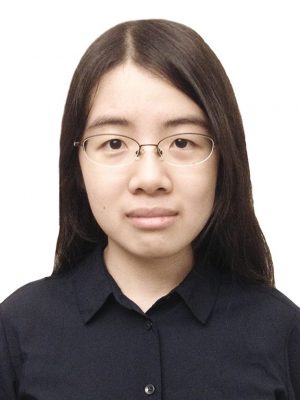
Shuowen Zhang
National University of Singapore
Research Fellow
Shuowen Zhang received the B. Eng. degree in Information Engineering from the Chien-Shiung Wu Honors College, Southeast University, Nanjing, China, in 2013, and the Ph. D. degree from the NUS Graduate School for Integrative Sciences and Engineering (NGS), National University of Singapore, Singapore, in January 2018, supported by the NGS scholarship. She is currently a Research Fellow with the Department of Electrical and Computer Engineering, National University of Singapore. Her research interests include UAV communications and path planning, intelligent reflecting surface (IRS) enhanced communications, multiuser multiple-input multiple-output (MIMO) communications, and optimization methods.
Research Abstract:
The flexible mobility of unmanned aerial vehicles (UAVs) enables them to replace humans or manned aircrafts in various missions that are dull, dirty, or dangerous. As a result, they are envisioned as an indispensable component of the future Internet-of-Things industry. To practically realize the large-scale deployment of UAVs, it is of paramount importance to ensure that all UAVs can fly safely, which requires ultra-reliable and secure communications between UAVs and the ground. To this end, a promising solution is by integrating UAVs into the cellular network as new aerial users served by the ground base stations (GBSs), which calls for new path planning solutions under the cellular connectivity constraint.
We study the path planning of a UAV for minimizing its flying distance between a given pair of initial and final locations, subject to a quality-of-connectivity constraint specified by a minimum signal-to-noise ratio target at each time instant with its associated GBS that has the best line-of-sight channel with it. This problem is equivalent to finding the shortest path between two locations in an area formed by the union set of multiple disks, which is a non-convex optimization problem. By examining the GBS-UAV association sequence over time, we obtain useful structural results on the optimal path, based on which efficient methods are proposed to find the optimal and high-quality suboptimal path solutions by leveraging graph theory and convex optimization. The proposed methods are analytically shown to be capable of achieving a flexible trade-off between complexity and performance, and yielding a solution in polynomial time with the performance arbitrarily close to that of the optimal solution.